After commercializing 5G, Vietnam can soon apply 5G technology to smart factories, seaports, and mines.
The world is investing heavily in 5G technology
According to a report by the Global Telecommunication Association (GSMA), 5G will bring more than 930 billion USD to the global economy by 2030. The benefits of 5G will focus on several key industries such as industrial production (36%), public administration (15%), services (10%), IT and communications (9%), finance (8%),...
In fact, each country has its own way of promoting and facilitating the application of 5G technology. The US has invested 1.5 billion USD to promote 5G development and provide tax support for units that develop standards.
The UK has invested £40 million in 5G technology for manufacturing. In Europe, there have also been 5G pilot projects, typically the smartPORT project - smart port Hamburg (Germany).
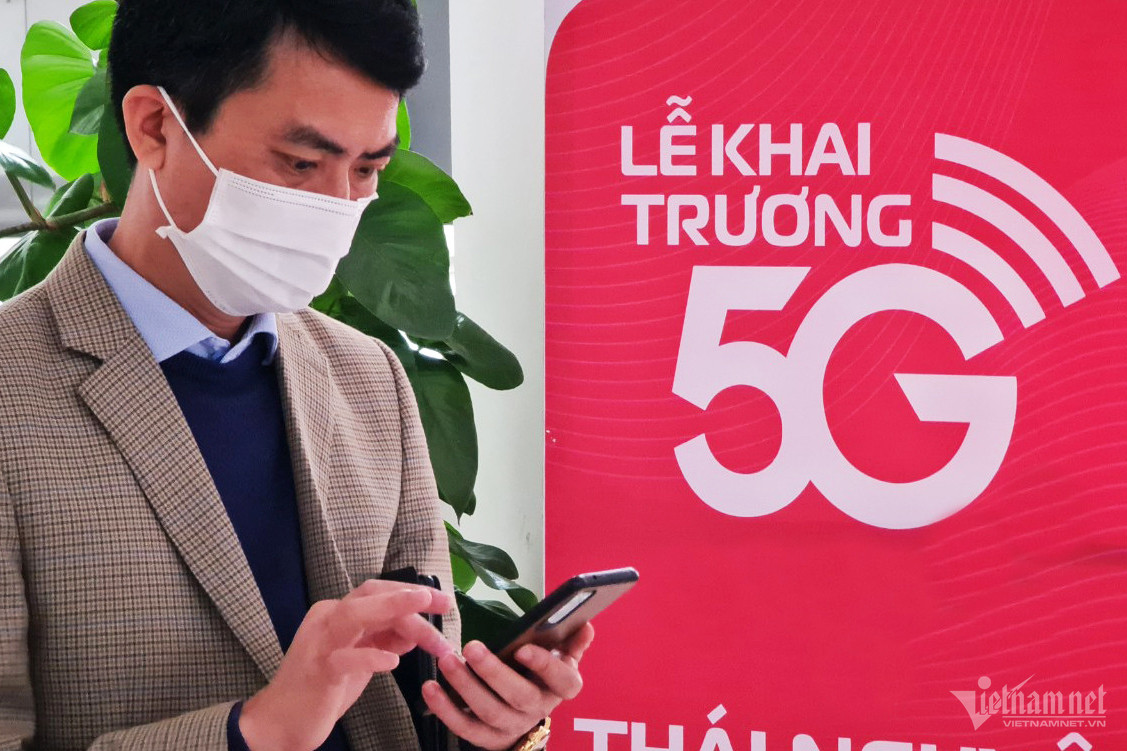
In Asia, South Korea currently provides 2-3% tax support for 5G development. South Korea also implements 5G pilot projects and invests in smart port clusters.
China is one of the most enthusiastic countries in deploying 5G. The country has planned “Sailing 2021 - 2023”, orienting 5G development for vertical industries such as manufacturing and ports.
Provincial-level localities in China have also issued specific policies such as infrastructure construction subsidies, public-private coordination, administrative troubleshooting, and competition... to promote 5G deployment.
In Vietnam, 2024 marks an important milestone in 5G deployment with the successful auction of B1 (2,500 - 2,600 MHz), C2 (3,700 - 3,800 MHz) and C3 (3,800 - 3,900 MHz) bands for network operators. Immediately after this event, Vietnam also had a network operator commercialize and officially provide 5G services.
According to Director of the Department of Telecommunications ( Ministry of Information and Communications ) Nguyen Thanh Phuc: " There are businesses that have planned to increase the number of their 5G stations by 2025 to 50% of the number of 4G stations ."
Vietnam can apply 5G in factories, seaports, mines
Sharing at Internet Day 2024, Mr. Ngo Manh Hung, Director of 5G2B solutions, Viettel Enterprise Solutions Corporation, said that the needs of businesses when applying new technology are to increase productivity, minimize risks, and optimize costs for production activities.
Applying new connection technologies such as 5G will help Vietnam catch up with the world in areas such as industrial production and seaports.
Sharing a practical example, Mr. Hung said that China now has smartphone factories using 5G. In 5G factories, 90% of the production process is automated.
Thanks to the application of 5G in image recognition to detect errors, using AI systems to make decisions for production lines,... the number of defective products at 5G factories has decreased to a very low level.
Not only that, the typical feature of these factories is that they have to change the production line layout every 3-6 months. If they followed the old model, using wired connections, they would have to stop the entire production line for about 10-15 days. With 5G, the above step only takes about 3 days.
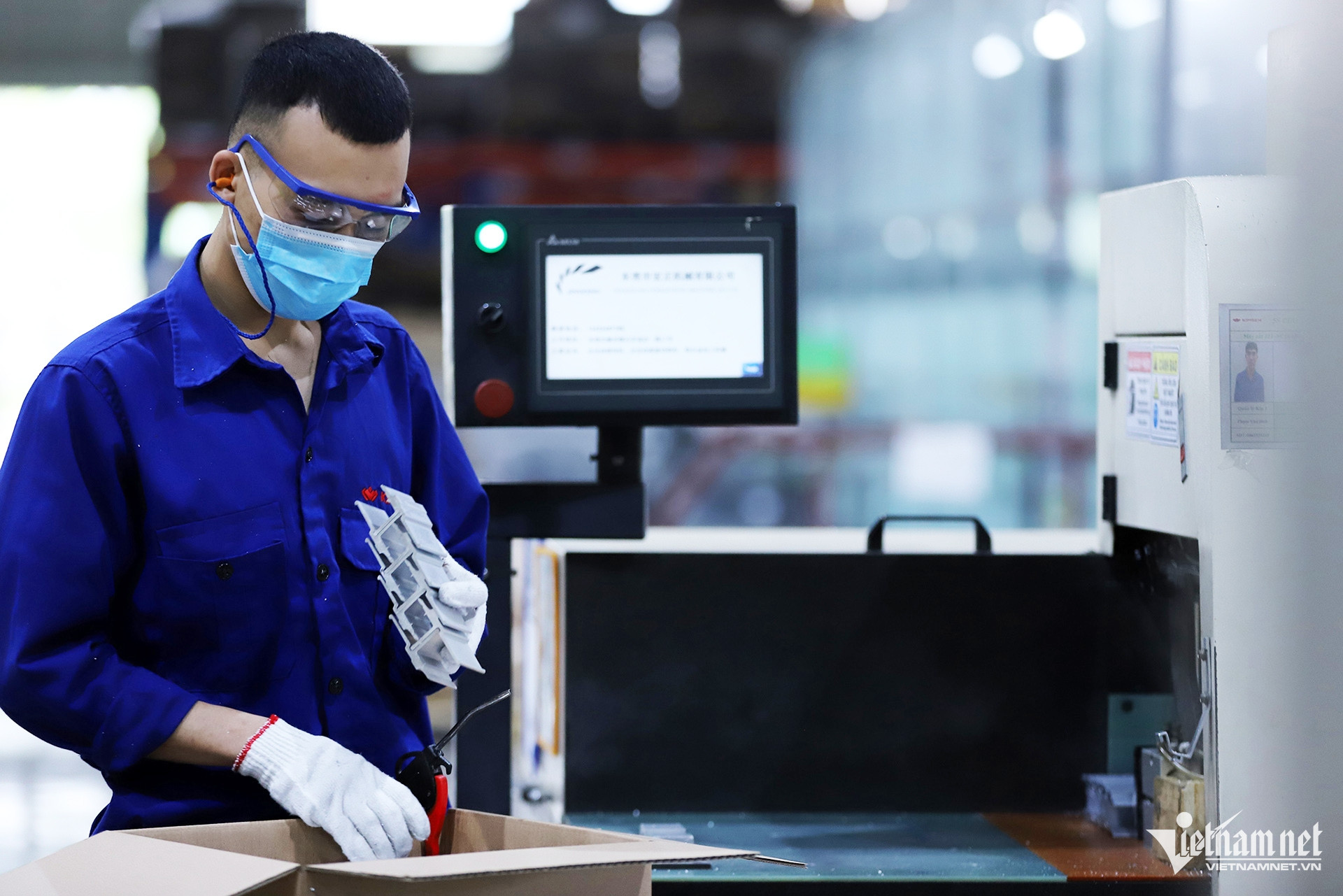
According to this expert, the number of IoT connections needed in a factory or seaport is huge. These are places where 5G technology can be deployed soon.
“ With a large number of connections in a wide coverage area, current connection technologies such as Wi-Fi or wired connections are difficult to create advantages in optimizing costs, increasing productivity, and reducing risks. 5G technology will be the catalyst to help deploy IoT connections smoothly and effectively, ” said Mr. Hung.
In factories and seaports, 5G technology can be applied to connect smart camera systems to monitor workers' behavior, connect sensor systems for continuous monitoring, thereby performing planned equipment maintenance.
According to Mr. Nguyen Tuan Huy, Head of MobiFone Digital Transformation Department, in China there are currently tens of thousands of 5G use cases. Of these, the most are use cases for smart factories (accounting for about 17.6%). Use cases for games, entertainment, and healthcare currently account for more than 9%.
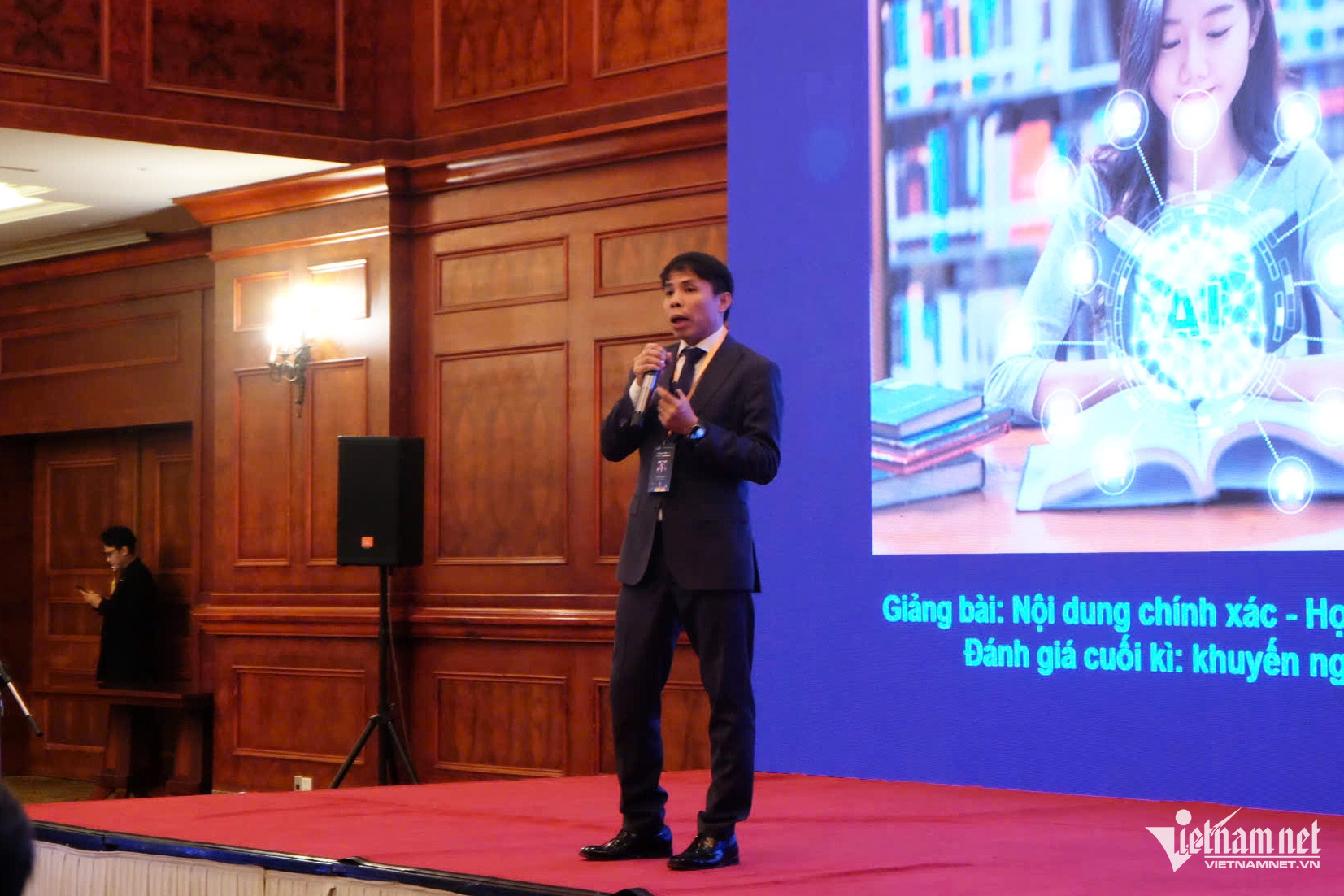
The head of MobiFone's Digital Transformation Department said that the application in smart mines is one of China's unique use cases. Miners often work tens of meters underground, where Wi-Fi waves cannot reach.
Miners could use a dedicated 5G-enabled tablet to avoid getting lost, find their way, and do their work. 5G technology could also play a role in connecting hundreds of self-driving cars operating 24/7 in smart mines.
5G can also be applied in the fields of entertainment, immersive tourism (livestreaming via virtual reality glasses), in distance learning, controlling drones in agriculture, supporting doctors in performing remote surgeries, deploying private 5G networks in smart factories, etc. This technology will act as a catalyst to implement digital transformation projects, promoting the development of the entire economy.
| Internet Day 2024 Exhibition with the theme "New step forward for Vietnam Internet (Breakthrough with DC, Cloud, 5G & AI)" is an annual event organized by Vietnam Internet Association (VIA) in coordination with Vietnam Internet Center (VNNIC, Ministry of Information and Communications), under the auspices of the Ministry of Information and Communications. |

Source: https://vietnamnet.vn/viet-nam-se-co-nha-may-cang-bien-ham-mo-thong-minh-nho-cong-nghe-5g-2346253.html


![[Photo] President Luong Cuong presents the 40-year Party membership badge to Chief of the Office of the President Le Khanh Hai](https://vphoto.vietnam.vn/thumb/1200x675/vietnam/resource/IMAGE/2025/5/19/a22bc55dd7bf4a2ab7e3958d32282c15)
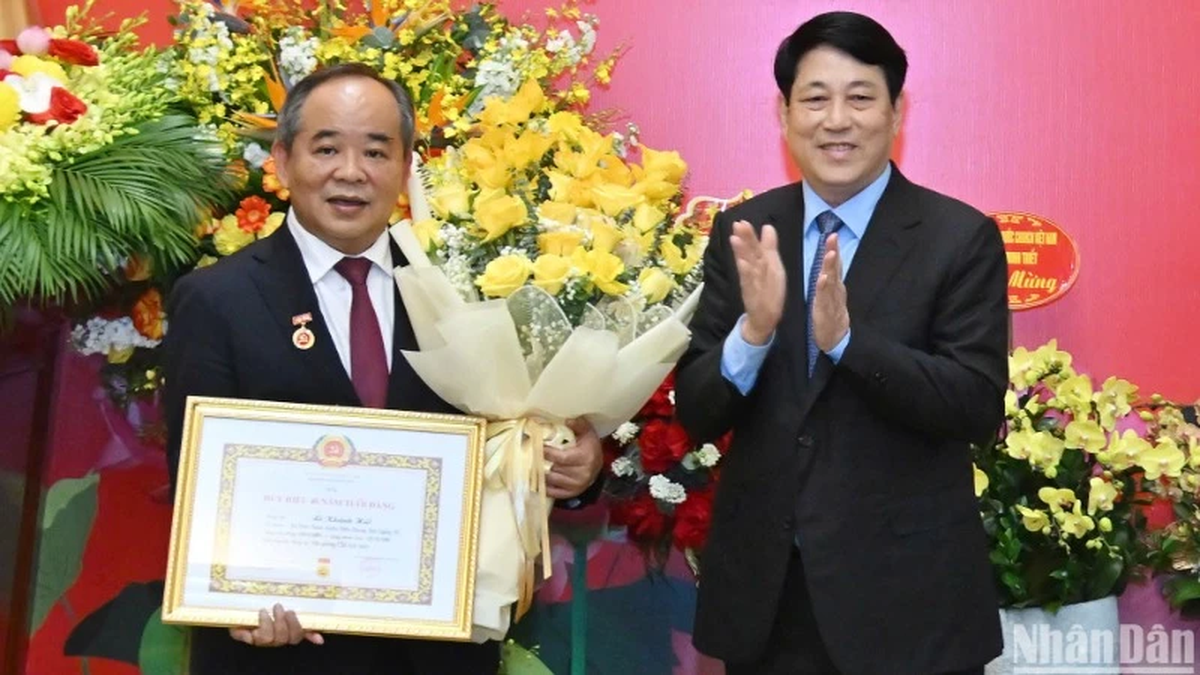
![[Photo] Panorama of the Opening Ceremony of the 43rd Nhan Dan Newspaper National Table Tennis Championship](https://vphoto.vietnam.vn/thumb/1200x675/vietnam/resource/IMAGE/2025/5/19/5e22950340b941309280448198bcf1d9)
![[Photo] General Secretary To Lam attends the conference to review 10 years of implementing Directive No. 05 of the Politburo and evaluate the results of implementing Regulation No. 09 of the Central Public Security Party Committee.](https://vphoto.vietnam.vn/thumb/1200x675/vietnam/resource/IMAGE/2025/5/19/2f44458c655a4403acd7929dbbfa5039)
![[Photo] Close-up of Tang Long Bridge, Thu Duc City after repairing rutting](https://vphoto.vietnam.vn/thumb/1200x675/vietnam/resource/IMAGE/2025/5/19/086736d9d11f43198f5bd8d78df9bd41)



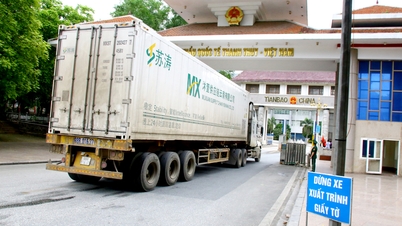




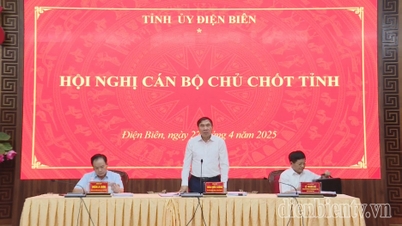
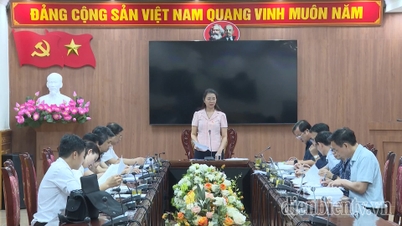
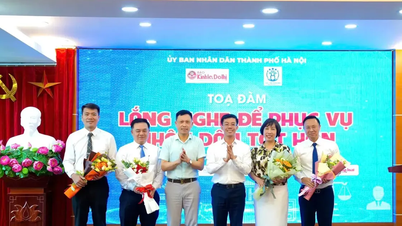














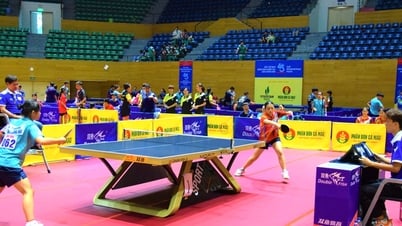


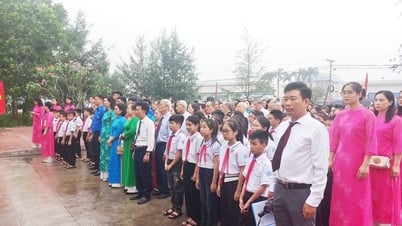


![[Photo] Prime Minister Pham Minh Chinh inspects the progress of the National Exhibition and Fair Center project](https://vphoto.vietnam.vn/thumb/1200x675/vietnam/resource/IMAGE/2025/5/19/35189ac8807140d897ad2b7d2583fbae)
















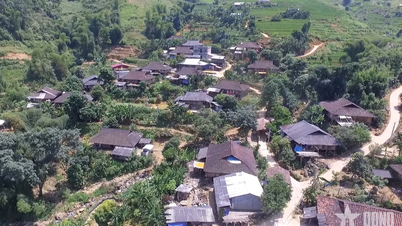

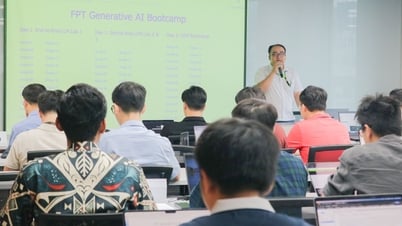
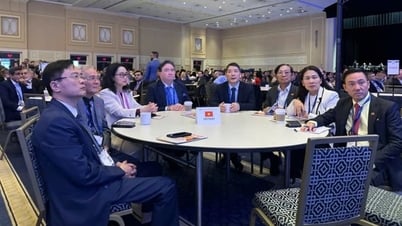
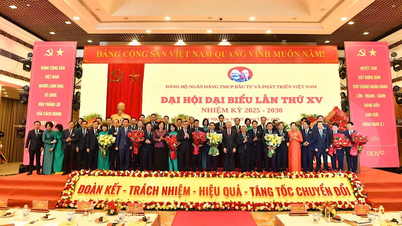





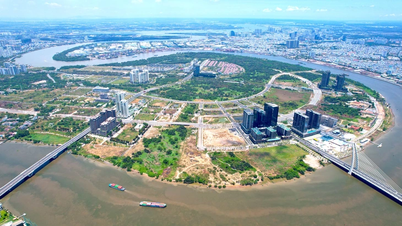

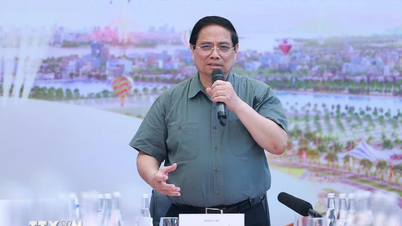















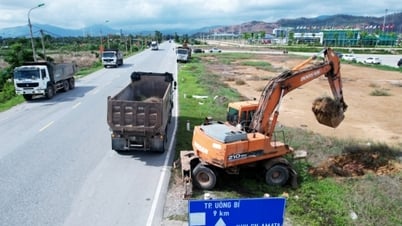

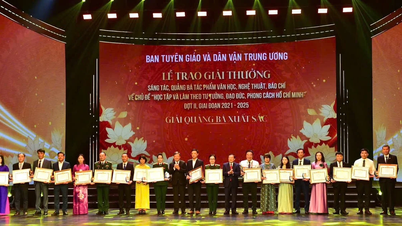

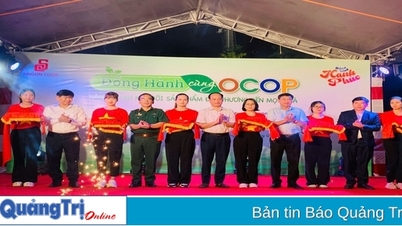





![[VIDEO] - Enhancing the value of Quang Nam OCOP products through trade connections](https://vphoto.vietnam.vn/thumb/402x226/vietnam/resource/IMAGE/2025/5/17/5be5b5fff1f14914986fad159097a677)


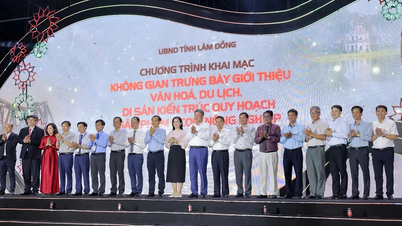
Comment (0)